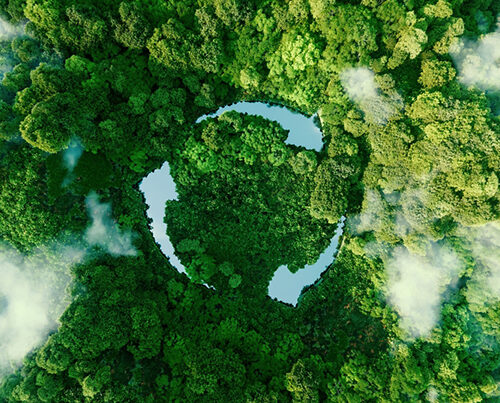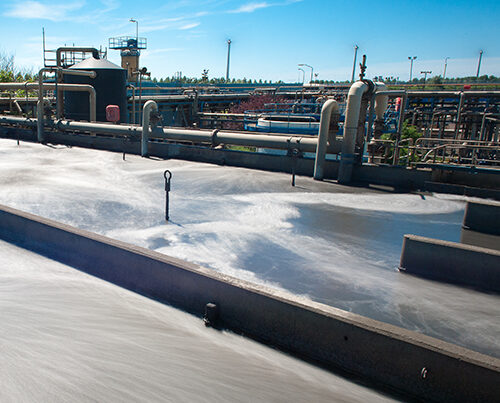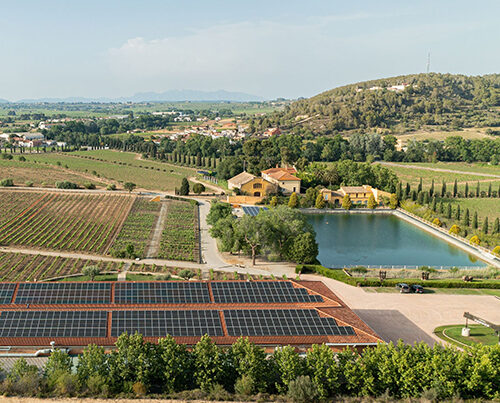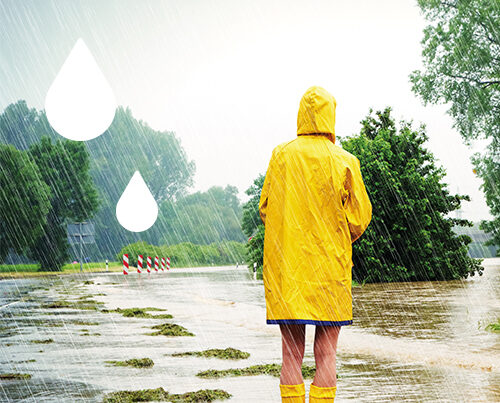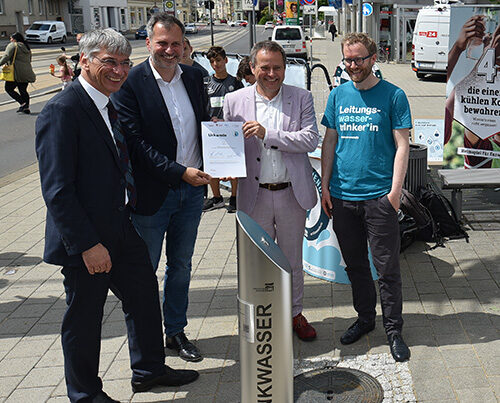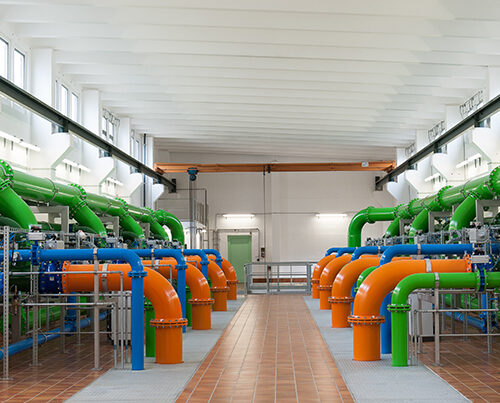Efficiently improving water quality
BRAIN, a one hundred per cent-owned subsidiary of LWG Lausitzer Wasser GmbH & Co. KG, recently received a patent for a system aimed at efficiently improving the water quality of acidic bodies of water that has been in use for many years. It reduces harmful chemical reactions, thereby improving the water quality of acidic mining lakes considerably.

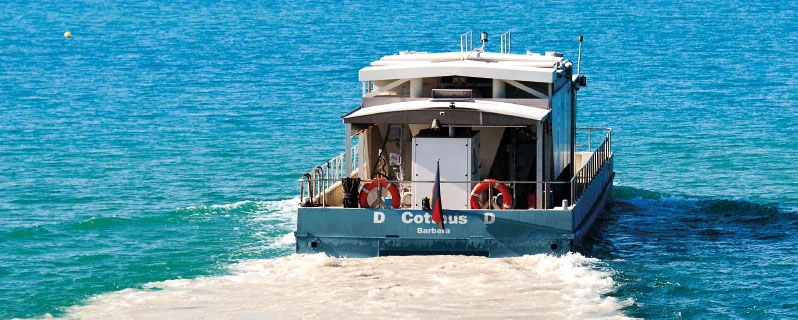
Battling the low pH valuet
The underlying cause of acidic lakes is aeration of geological containment areas like those that come about through the extraction of lignite coal in surface mines. Oxygen has an oxidising impact on the iron minerals pyrite and marcasite stored there, which after the flooding of containment zones react with the water. This brings about a chemical compound that is poorly soluble, appearing as a brown precipitate in the water and resulting in an extremely low pH value for the lake water. If it goes untreated, mining lakes cannot be used without restriction – either for agriculture or for recreational purposes.
The liming ship Barbara has already introduced 45,000 tons of lime product to reduce chemical reactions in Lake Schlabendorf.
A new process
To change this, LWG, a subsidiary of REMONDIS Agua, has been collaborating with the clean-up company NSG since as far back as 2009 and 2010 in the development of a technological process that introduces chemical additives to acidic bodies of water in the form of so-called conditioning substances.
What is special about this method compared to other ones is that a process and a facility have been developed that are placed underneath a boat. As a result of the immediate mixing of the limestone with the lake water, the process that takes place under water is significantly more efficient than treatment above the surface.
A registered patent since 2017
The treatment ship Barbara, which was planned and built especially for the project, was put into operation for testing purposes as far back as 2012. It has been in operation on Lake Schlabendorf since the summer of 2013, since then introducing approximately 45,000 tons of lime product. This has significantly improved the water quality, moving the pH value permanently into the neutral area.
At the end of last year, a patent on the use of this technology was officially registered at the Patent and Trademark Office. The patent holders and hence also official users of this in-lake liming technology are the company BRAIN, a one hundred per cent-owned subsidiary of LWG, LMBV Lausitzer und Mitteldeutsche Bergbau-Verwaltungsgesellschaft mbH and eta AG.
Image credits: image 1: iStock: pichitstocker; image 2: © Ulrich Mertens







